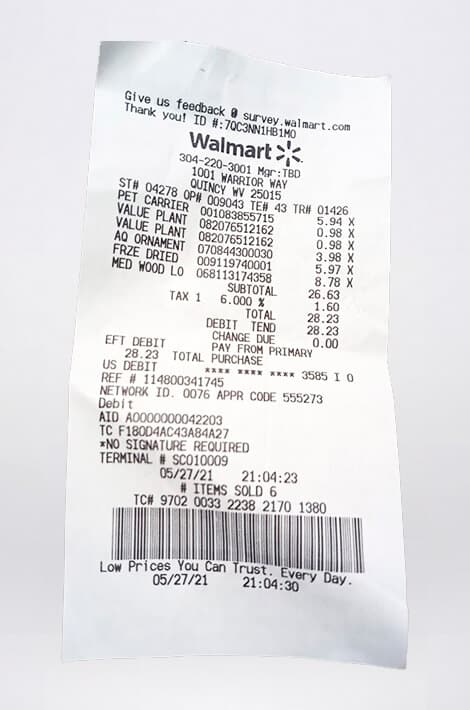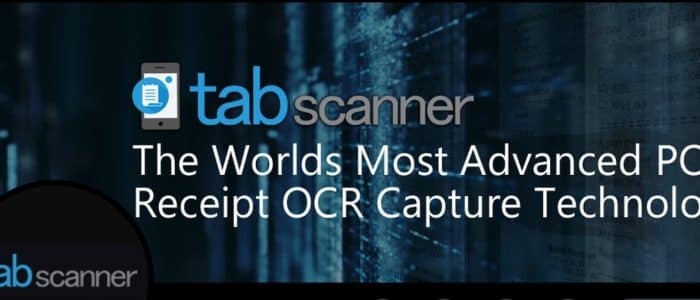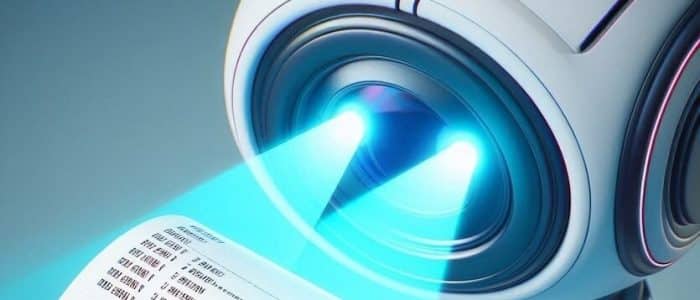Last Updated on July 1, 2025
The insight that data can provide businesses with is paramount – and indisputable. Analysing gathered data can help hone and streamline processes, expose variability and optimize their operations to achieve the best possible results, whilst identifying correlations and new opportunities.
The best receipt reward programs use OCR
Think of it this way. Let’s say that you’ve created a new product, one that you’re determined to bring to market and are confident of it’s potential. How can you be sure that the product idea that’s long gestated inside your head will add an invaluable revenue stream to your business? Perform an analysis of pertinent data. Why? Data doesn’t lie.
In terms of customer loyalty, data gleaned from various sources, online sales, information provided by an OCR receipt parser or high-street shop stocktaking can provide a valuable insight into how customers perceive your enterprise. You can discover the most popular products, customers who spend the most, and how best to grab customer attention and maximize your marketing.
Despite the obvious potential for businesses to create stellar data-driven customer loyalty programs, businesses tend to fail when designing a personalized, data-driven loyalty program that will appeal to customers. However, the four examples below don’t. Want to learn how to create a stellar, personalized, customer-driven loyalty program? Check out what brands have done below.
Starbucks Rewards
Not only is Starbucks the most recognisable coffee brand on the face of the earth, it has one of the best and most-popular loyalty rewards programs too. In the US alone, the Starbucks app has more than 15 million active members. That’s a whole lot of data for the brand to gather.
Not only is the app FREE to use but it covers multiple aspects of the business. The app-enabled rewards scheme lets customers earn stars every time they shop at Starbucks coffee houses, buy one of Starbucks’ products online or via the mobile app, make an in-store purchase at any retailer, or by competing in bonus assignments (known as Star Dashes.)
The more you use Starbucks’ loyalty rewards scheme, the more that it becomes apparent that partnering with a receipt extracting solution, such as Tabscanner will have notable commercial advantages. Receipt reward programs gather more consumer data for market research this way.
American Airlines AAdvantage
One industry that has long promoted loyalty reward benefits and hooked customers with the wealth of advantages is the airlines industry. You only need to consider just how many passengers are fully invested in totting up their frequent flyer miles to see this.
But, like any other sector, customers respond to that personal attention to detail. To excel in their marketing, airlines must demonstrate to those customers who choose to fly with them repeatedly that their business is appreciated.
Why does this mean? The value of personalized messages, like those that can be integrated onto e-receipts cannot be overstated. This is precisely what American Airlines AAdvantage rewards program offers clients.
The program tells customers exactly how far they are from becoming a Gold member and earning rewards. Using data and receipt reward programs to make sure that customer information is clearly displayed and one of the best examples of customer-centricity anywhere today.
Lancôme’s Elite Rewards
One of the most recognized beauty brands on the planet, Lancôme has a great data-driven customer loyalty program aimed at customers who haven’t made a purchase in a few months, despite previously spending a large amount on products in the past.
Lancôme entices customers to come back and purchase more products by offering them 100 loyalty points (equivalent to $10) and a chance to leave their feedback on their experience buying and owning the products. Why is this so effective? Well, it provides the brand with valuable insight into their customer’s behaviour and the quality of the products in their lines.
Much like using an OCR receipt parser, this program is an excellent means for gathering data that will help the brand to tailor product lines and special offers to customer demographics, thereby maximizing the brands sales potential in the future. All Lancôme customers are asked is to complete a short form included in an email to receive a coupon code that they can enter and claim promised loyalty receipts.
So, these are three sound examples of how brands have used data-driven customer loyalty programs to enhance brand awareness and sales potential. Data is intrinsic to ongoing commercial success. A successful business knows how to use the data gathered to inflate their revenue. Do you? If not, you could be missing out on achieving more sales and success.





